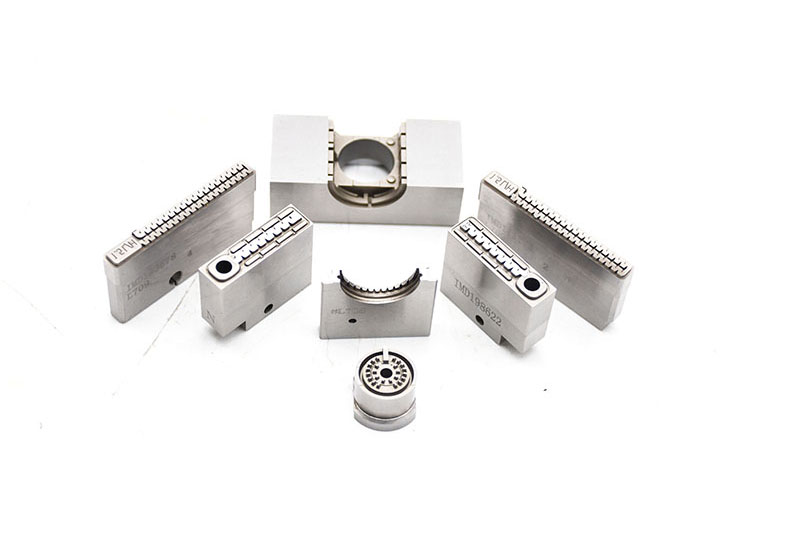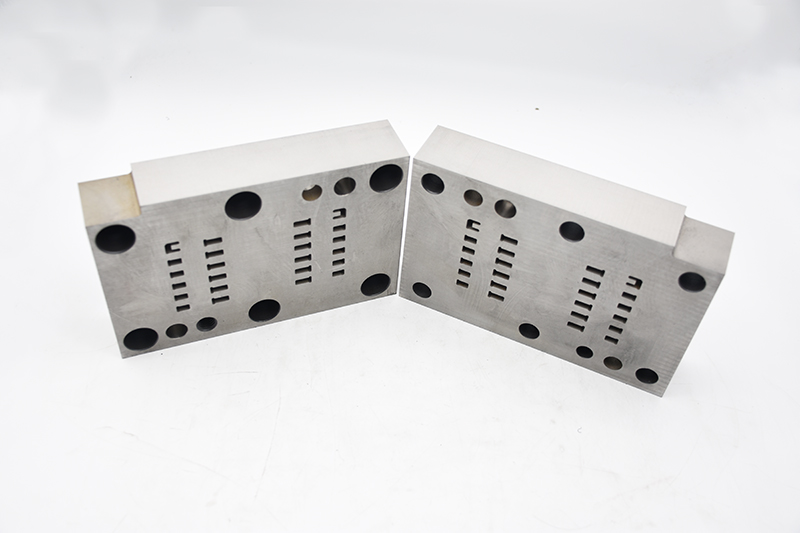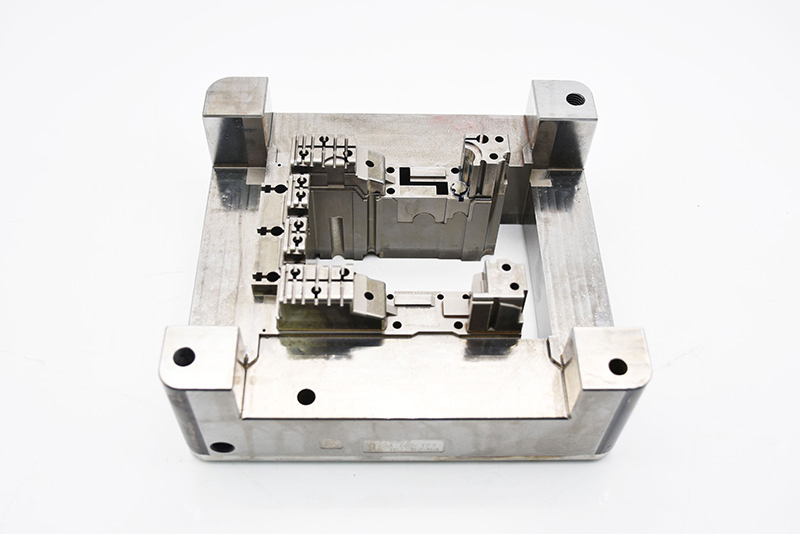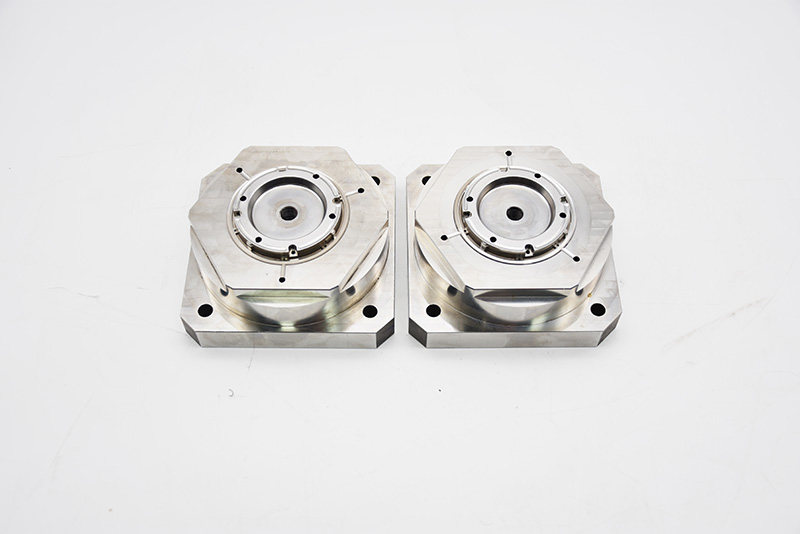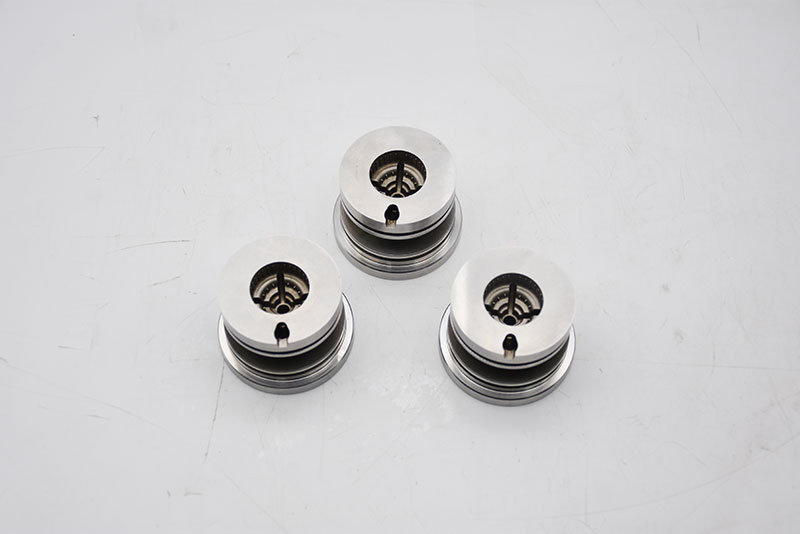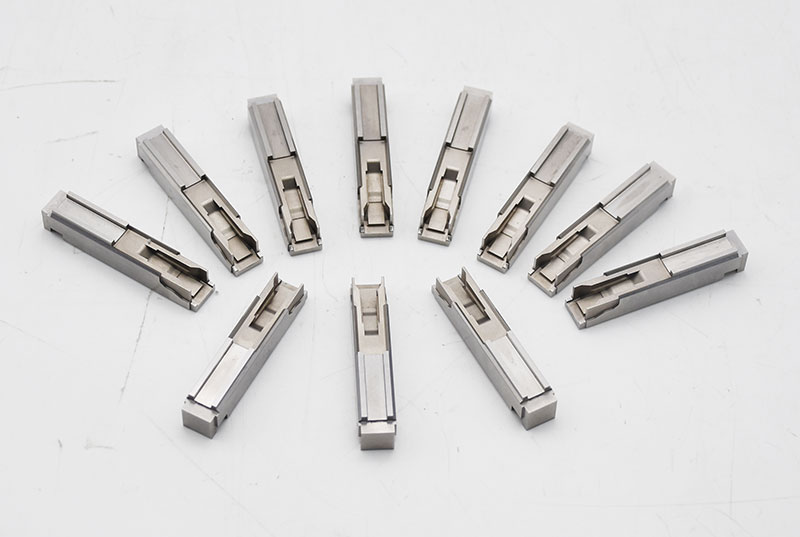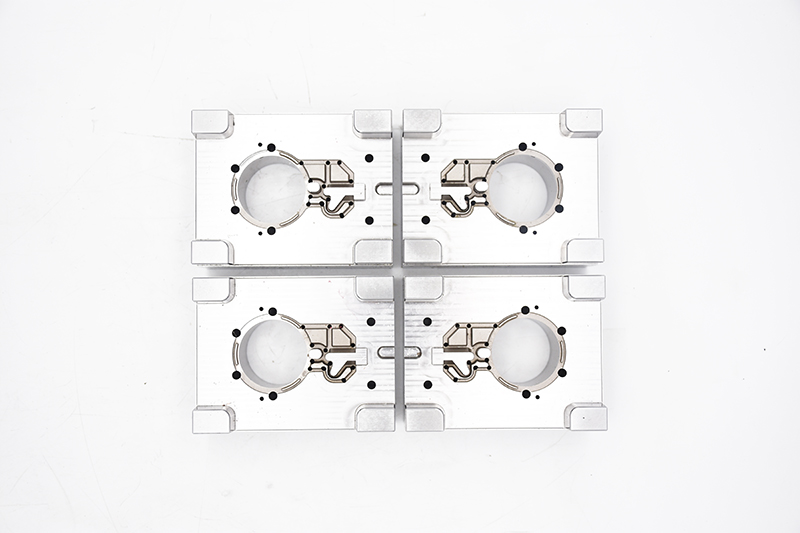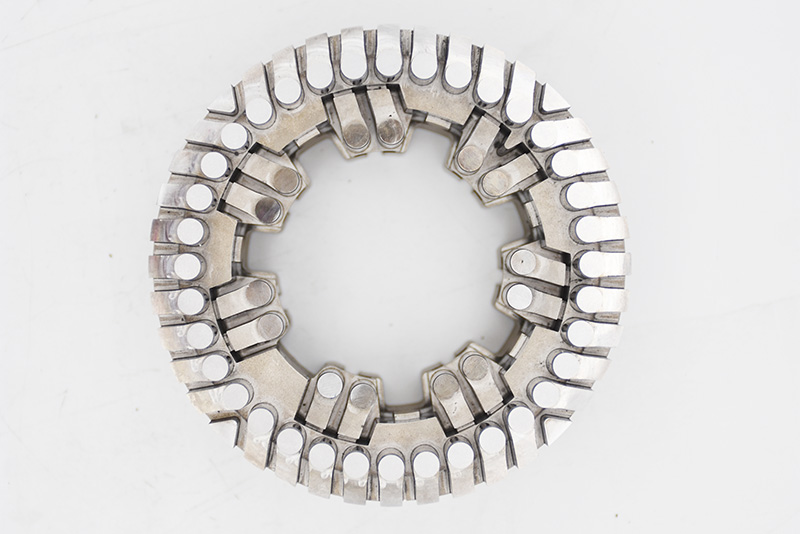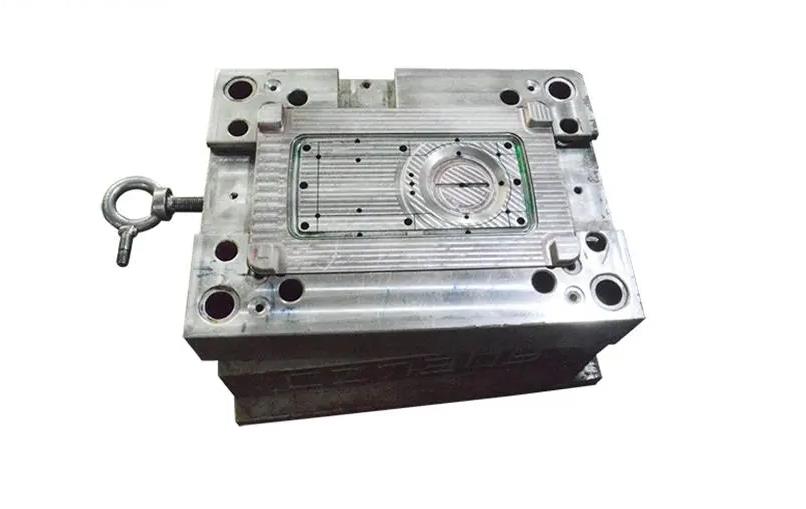
- 2023-08-07
- 751
- 5 Comments
How to deal with deformation in machining of mechanical precision parts?
Various deformations occur in the machining process of mechanical precision parts, and the mechanisms of these deformations vary greatly, which also determines a variety of solutions and prevention methods. The proper response to these deformation measures in the processing of mechanical precision parts directly determines the quality of the processing of this part, which also greatly reflects the level of a mechanical process. Here's what to know:
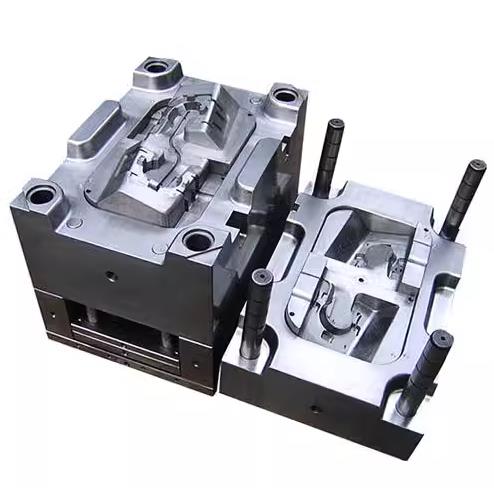
First. Types and mechanisms of deformation
1 Elastic deformation of parts caused by external forces
The elastic deformation of parts caused by external forces can be roughly divided into three categories. One of them is that parts in the cutting process due to the action of cutting force, parts produce elastic deformation in the direction of the force, which is commonly known as the knife phenomenon.
The mechanism of this kind of deformation is that the part itself or some parts are not rigid enough, in the cutting process due to the action of cutting force, the part produces a large elastic deformation in the direction of the force, so that the tool can not cut part of the material from the surface of the original part according to the set parameters, to be cut after the completion of the cutting, due to the elastic recovery of the part, the cut part can not meet the pre-shape and position requirements. There are even waste products. Typical parts types of these parts are slender shaft class, sheet class, combination class.
1, long diameter relatively large parts cylindrical processing
In the process, one end is clamped by three claws, which is in line with the cantilever beam model, so under the assumption that the cutting force is constant, then the part is subject to the force pointing to the other side of the tool is constant, and the non-clamping side is deformed to the greatest extent, so the removal of the material is minimal. The removal of material is more or less from the clamping side to the free side in inverted trapezoid distribution.
In the deformation model, the dotted line is the tool tip track, then the part forms an inverted cone shape with a larger diameter the farther away from the clamping end after turning.
2. End face processing of thin sheet parts with particularly small length-diameter ratio
The process adopts the clamping method of electromagnetic suction cup from the bottom surface, and then grinds the top. Because the flatness of the part is very poor before processing, the flatness of the part is better when it is sucked, so that the deformation caused by clamping (clamping deformation) makes the tool unable to cut the material that should be removed in the middle of the free state of the part, so no matter how it is turned over, the flatness is measured before removing the clamping force. In the free state, the elasticity of the part will return to the previous state, so the flatness is difficult to meet the requirements.
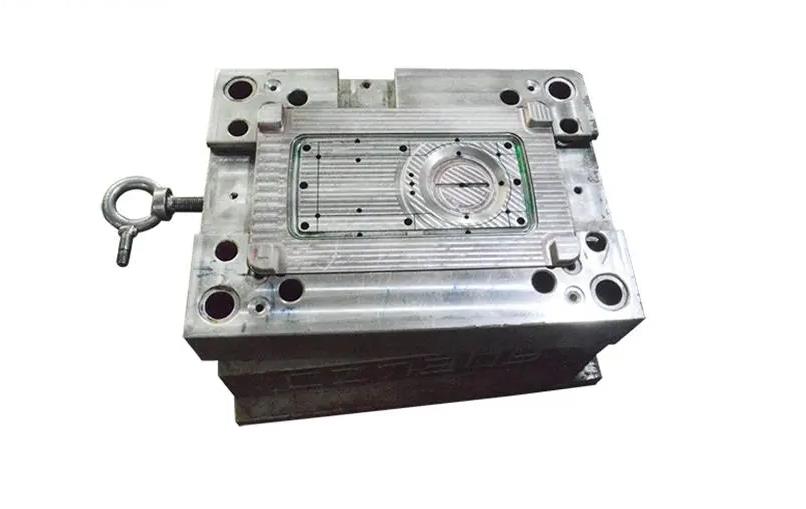
3, the part (or part) structure contains one or more of the two features of cantilever and sheet
The L2 part of the part has two characteristics of cantilever and sheet, so if the positioning and clamping are improper, the L2 part will have a knife phenomenon due to insufficient rigidity, or the clamping deformation, and the flatness required by the drawing can not be reached after milling the B-side.
4, deformation after processing (including heat treatment)
Parts with relatively large length and diameter will bend after heat treatment or processing for a period of time, that is, after detection, it will be found that its straightness is larger than before; Thin sheet parts with a particularly small length-to-diameter ratio will have straw hat bending after heat treatment or processing for a period of time, that is, the middle of one end will bulge out relative to the sides, its shape is like a straw hat, and it will be found that its plane is larger than before after detection;
If cast iron parts are processed and placed for a period of time, it will be found that the plane is larger than before; After the heat treatment or processing of the fork type parts is placed for a period of time, the foot will warp, that is, it will be found that its perpendicularity is larger than before after detection.
The emergence of these situations is mainly due to the existence of internal stresses within the parts themselves, and the distribution of these internal stresses should be a relatively balanced state, so the shape of the parts is relatively stable. However, when some materials are removed after processing or heat treatment is completed, the internal stress changes and needs to be redistributed in a new equilibrium state, so the shape of the part changes.
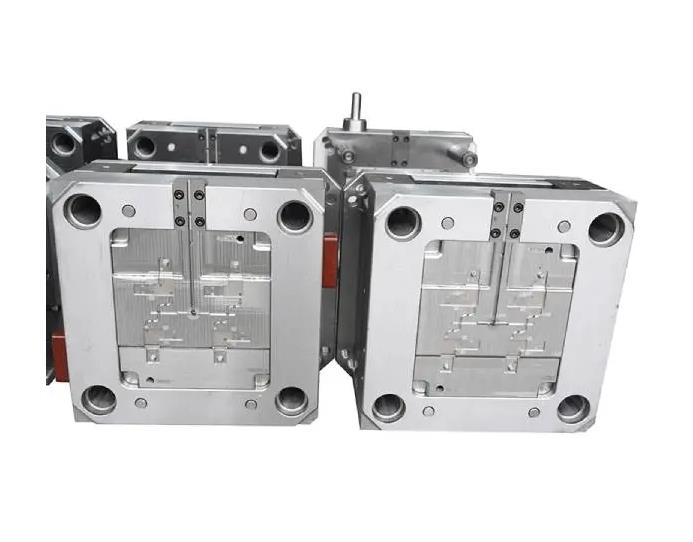
The forms and deformation of parts are diverse, but the essence of the elastic deformation of parts caused by external forces is only one, that is, to increase the rigidity of parts as much as possible, and never to occur in advance clamping deformation.
When processing parts with relatively large diameter, try not to use the cantilever beam method with one end clamping and one end hanging, but use the positioning clamping method with the top tip at both ends and the front end driving, so that the force model becomes a simply supported beam model, the rigidity is greatly improved, and the deformation caused by the cutting force will be greatly reduced.
In order to reduce the clamping deformation caused by the electromagnetic suction cup for thin sheet parts with particularly small aspect ratio, several layers of cloth or thick paper can be used to effectively reduce the deformation between the part and the table when grinding the first side.
Cast iron parts must work hard in fixture design. The principle of fixture design is to effectively increase the rigidity of the cantilever part, generally by adding floating support and edge clamping at the bottom of the cantilever part, especially in recent years, the development of hydraulic fixtures has solved the processing quality problems caused by clamping deformation in the processing of such parts.
Related Posts
- Precision Irrigation mold cavity and spare parts
- zefu-mold
- 798

